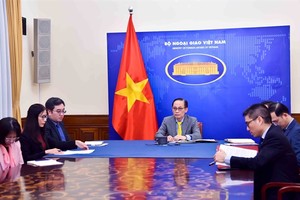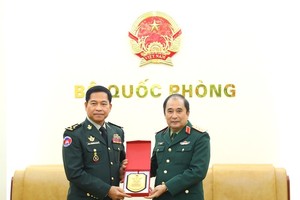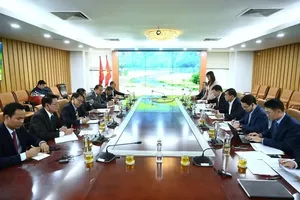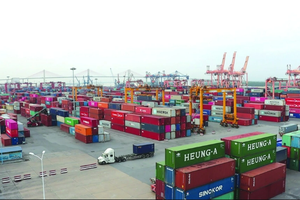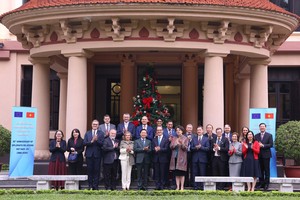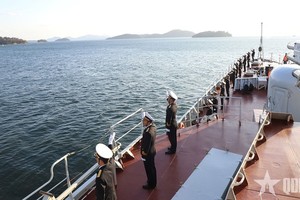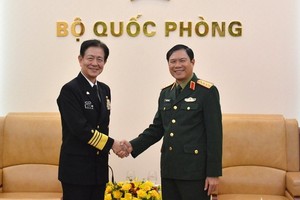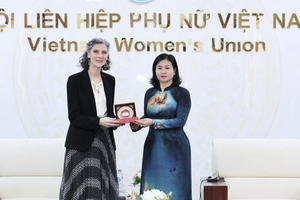China completed its first automatic space docking on a manned mission Monday, before the three astronauts on board enter an orbiting module -- a key step towards the nation's first space station.
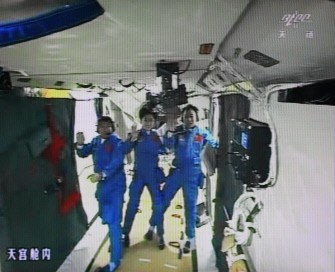
The Shenzhou-9 spacecraft, which took off Saturday carrying the nation's first female astronaut, came together with the Tiangong-1 module currently in orbit over Earth, a move broadcast live on China's state television network.
It was the third time that China has completed the complex manoeuvre automatically, after achieving two similar dockings in November last year, but a first for a manned mission.
Commentators on state television said the crew were due to leave Shenzhou-9 ("Divine Vessel") and enter the Tiangong-1 ("Heavenly Palace") module at 0930GMT -- another new achievement for China's space programme.
The main goal of the current 13-day mission, however, is to carry out China's first manual space docking, which requires great accuracy and dexterity from astronauts.
China aims to complete construction of a space station by 2020, a goal that requires it to perfect docking technology -- a delicate manoeuvre that the Russians and Americans successfully completed in the 1960s.
The technique is hard to master because the two vessels, placed in the same orbit and revolving around the Earth at thousands of kilometres per hour, must come together very gently to avoid destroying each other.
Earlier reports said the Shenzhou-9 will remain attached to the space capsule for six days before separating in preparation for manual docking.
President Hu Jintao has said the operation would mark a "major breakthrough in the country's manned space programme", which is gearing up just as the United States scales back its manned space exploration activities.
The ability to dock manually is necessary in case of any problems with the automatic procedure, such as the control centre being unable to carry it out remotely from Earth.
The team -- headed by Jing Haipeng, a veteran astronaut on his third space mission -- have rehearsed the procedure more than 1,500 times in simulations.
Liu Wang, who has been in the space programme for 14 years, will be in charge of manual docking manoeuvres, while Liu Yang, China's first woman to travel to space, will conduct aerospace medical experiments and other space tests during the mission.
China sees its space programme as a symbol of its global stature, growing technical expertise, and the Communist Party's success in turning around the fortunes of the once poverty-stricken nation.
